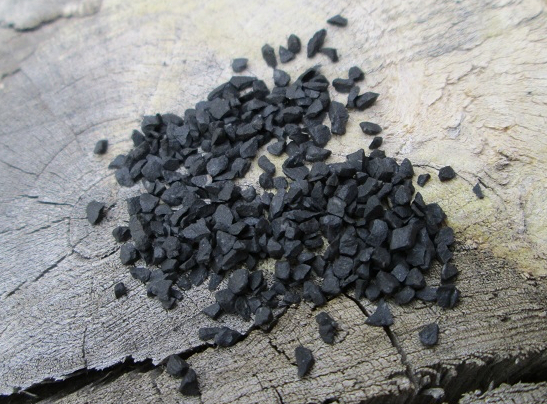- Joined
- Mar 7, 2019
- Messages
- 432
- Reaction score
- 424
A piece of guitar string is excellent for cleaning the flash channel. The wound A or D string are my faves. It'll bend into the flash channel and ream it clean nicely. The thin inner string makes a great nipple pick too!
I've cleared many misfires for people by doing this and then trickling in some 4f from a friendly flinter.
I've cleared many misfires for people by doing this and then trickling in some 4f from a friendly flinter.







